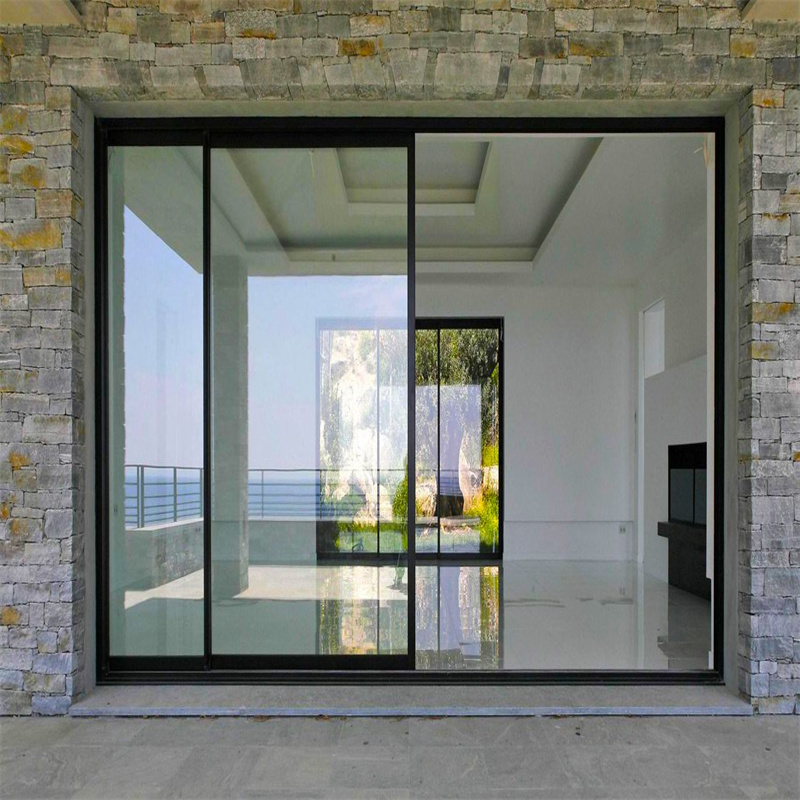Basic Structure and Technology of Fire - resistant Aluminum Alloy Doors and Windows
For fire - resistant glass of fire - resistant aluminum alloy doors and windows, at least one layer shall comply with the provisions of "Safety Glazing Materials in Building -
Part 1: Fire - resistant Glazing" GB 15763.1. To ensure that the external doors and windows meet the requirements of fire - resistant integrity, fire - resistant glass is divided into insulated fire - resistant glass and non - insulated fire - resistant glass according to fire - resistant performance. Among them, insulated fire - resistant glass is mostly used in insulated building components, such as fire doors, fire windows, and non - load - bearing fire - resistant glass partitions with insulation requirements. Fire - resistant doors and windows mostly use non - insulated fire - resistant glass. When a single - piece fire - resistant glass is selected for one layer of glass on the back - fire side of the insulating glass unit, the glass structure (from the fire - facing side to the back - fire side) is 5 - mm toughened glass + 12A + 6 - mm single - piece fire - resistant glass. After the fire - resistance test begins, when the average temperature in the furnace reaches about 300 °C, the 5 - mm toughened glass on the fire - facing side breaks and falls off. When the average temperature in the furnace reaches about 700 °C, the fire - resistant glass begins to soften.

2. Aluminum Alloy Profiles
Aluminum alloy is a good conductor of heat, with a thermal conductivity of 160W/(m·K), which is the highest among all components of doors and windows. The melting point of aluminum alloy profiles is 620 - 650 °C.
3. Fire - proof Sealing
For the sealant used for inlaying the glass of fire - resistant doors and windows, a fire - proof sealant should be selected, with a thermal conductivity of 0.19W/(m·K). The sealing strips for building doors and windows are mainly made of rubber. The thermal conductivity of ethylene - propylene - diene monomer (EPDM) rubber is 0.24W/(m·K). When used in fire - resistant doors and windows, sealing strips with fire - resistant performance should be selected, such as flame - retardant sealing strips and fire - expansion sealing elements, which can achieve sealing, heat - insulation and fire - blocking effects when exposed to fire.
4. Hardware Fittings
For hardware fittings of fire - resistant doors and windows, such as hinges, handles, locking devices, and sliding supports, products with corresponding fire - resistant performance should also be adopted and reliably connected to prevent the local sealing performance of the hardware from being reduced due to performance degradation after exposure to fire.










